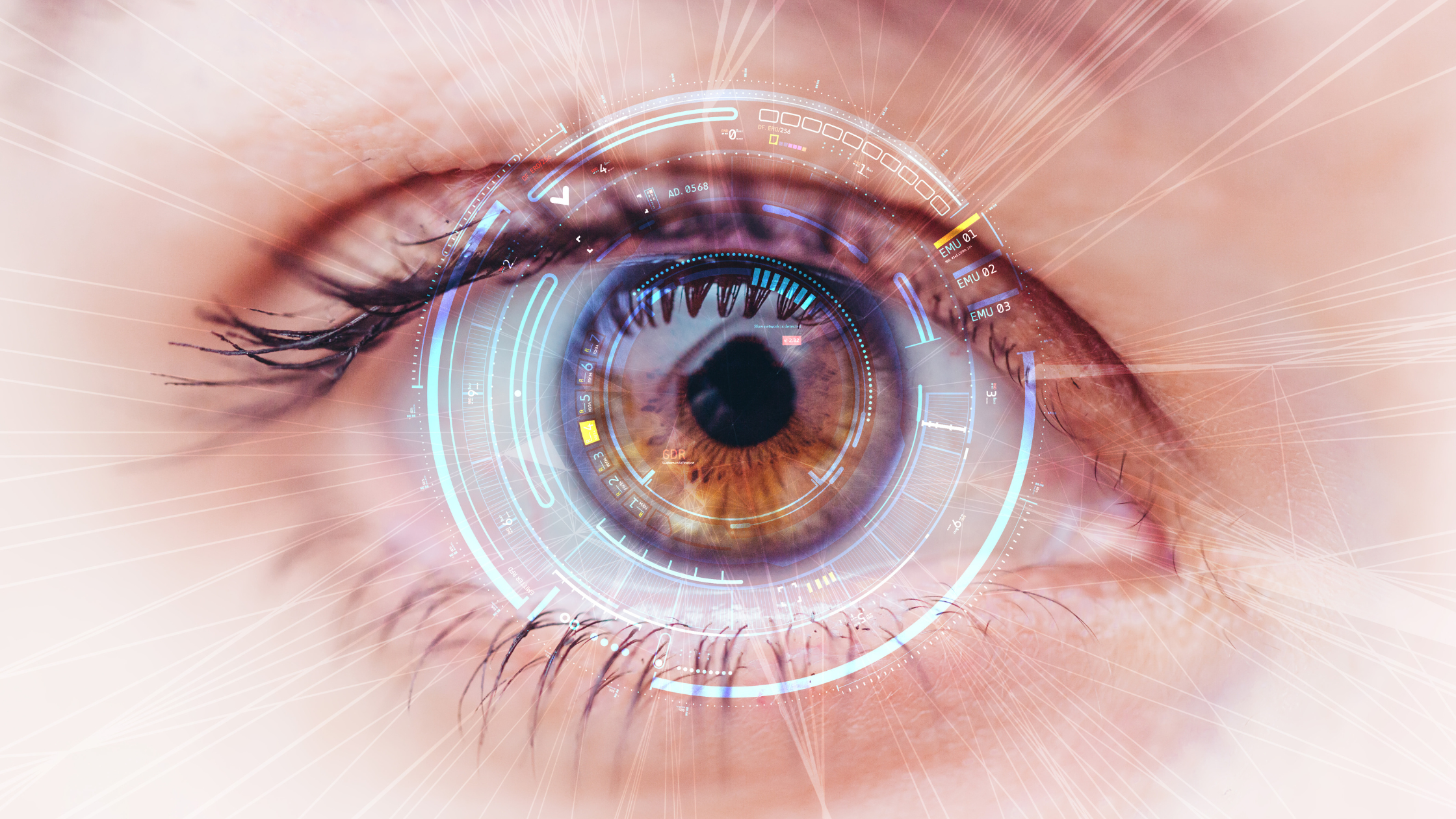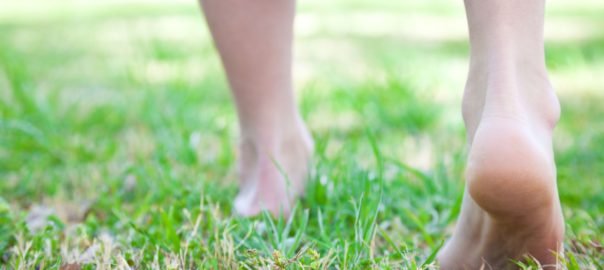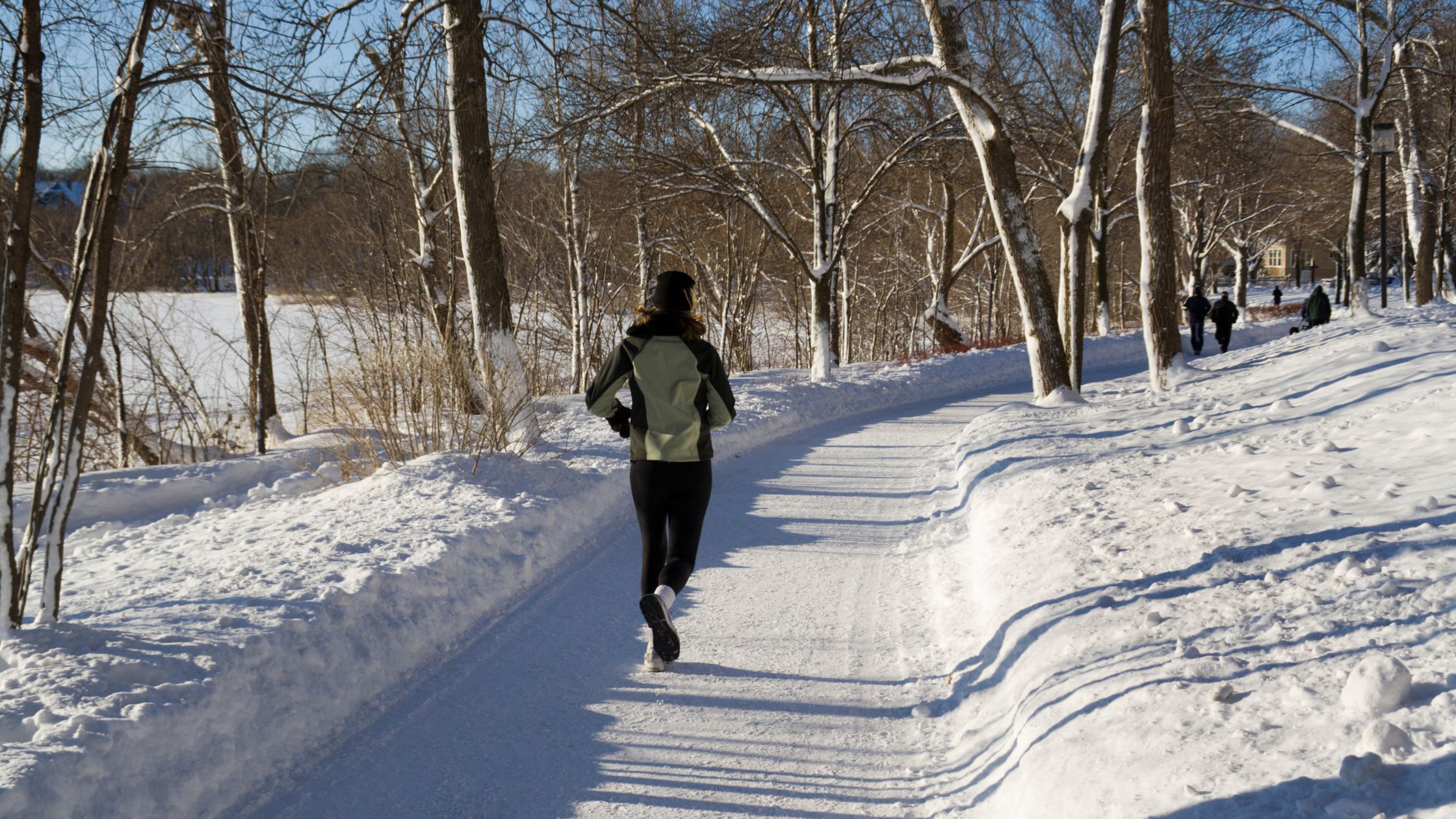What is Rapid Eye Technology
How it Works
Applying RET to your Daily Life
In Conclusion
Sign up to get your free worksheet!


Sign up to get your free worksheet!

Grounding, also known as earthing, is a simple yet powerful practice of connecting with the Earth's surface, primarily through our bare feet or skin. Our modern lifestyles have led to more of a disconnect from the natural world. We are, surrounded by concrete jungles and walking around in insulated footwear. All of which separates us from the earth. Millions of years ago our ancestors were more connected to the Earth's electromagnetic field because they didn’t have these things.
Recent research is revealing more information that supports the science behind this ancient practice.
In simplistic terms, the earth can be viewed as a battery which has a negative electrical charge. When we ground ourselves, by exposure through non-insulated skin, with the earth, this helps to stabilize your system. You can ground most effectively by having bare skin on dirt or grass, or through the use of grounding or earthing devices. As you engage in this energy transfer process there are a number of health benefits:

Thankfully, grounding is an accessible and easy practice that can be incorporated into our daily routines:
As we navigate the modern world with its technological marvels, let’s not forget the how amazing it can be to incorporate the healing power of nature, especially the practice of grounding. When you reconnect with the Earth's energy, you can experience so many benefits including less stress and an improved immune system.
Take time every day to connect with nature!
Sources Koniver, Laura. "Practical Applications Of Grounding To Support Health". Biomedical Journal, vol 46, no. 1, 2023, pp. 41-47. Elsevier BV, doi:10.1016/j.bj.2022.12.001. Menigoz, Wendy et al. "Integrative And Lifestyle Medicine Strategies Should Include Earthing (Grounding): Review Of Research Evidence And Clinical Observations". EXPLORE, vol 16, no. 3, 2020, pp. 152-160. Elsevier BV, doi:10.1016/j.explore.2019.10.005. Sinatra, Stephen T., at al. Electric Nutrition: The Surprising Health and Healing Benefits of Biological Grounding (Earthing). ALTERNATIVE THERAPIES, SEP/OCT 2017 VOL. 23 NO. 5. Yum, Byeong et al. "Effect Of Earthing Mat On The Quality Of Sleep". 2020, https://www.e-jehs.org/journal/view.html?pn=&uid=1957&vmd=Full.

Navigating through stress and anxiety might seem overwhelming, particularly in our rapidly changing contemporary environment. However, remember that you possess the capacity to modify your reactions to stressful events and create an atmosphere of calm within.
Here are seven strategies you can use in your daily life to help lower your stress and anxiety levels.
Interlace your thumbs so your hands form a butterfly and place your thumbs just below the dip between your clavicles. Close your eyes and breath in and out slowly while tapping your fingertips against your clavicle. You can tap both sides together or in an alternating pattern. Do this for 2-3 minutes.
This measured form of breathing can be very helpful for reducing stress. Breath into your belly slowly to a count of four - hold the breath for four counts - release slow for four counts - hold for four counts. Repeat four times.
Stand up to take a break from sitting. Take a deep breath in while you raise your arms above your head with your fingers laced together. Stretch upwards, release your hands, and bring them down to your sides while you exhale. Repeat this five times.
Connecting with nature is a wonderful stress relief. Spend 10-15 minutes outside, if possible with bare feet on grass or dirt. If you're in a city and there is no grass, plants, or trees nearby, looking at images of nature can also be helpful.
There's a big movement toward laughter yoga and it's health benefits. Start laughing and you may find that your mood changes. Even if you're not feeling it at the beginning, the act of really enjoying a belly laugh has lots of positive benefits. If needed check out a laughter yoga video.
Journaling has been shown to be highly beneficial for stress reduction. Even a 10-15 minute journal break can be a good way to disconnect from stress. Consider either using a list of journal prompts and working through them one at a time, or simply practicing free-flowing journaling and writing whatever comes to mind until the timer goes off.
Positive input is important for your well-being and a great way to practice self-care. Take 5-10 minutes and talk out loud to yourself in a positive manner.

Seasonal Affective Disorder, or SAD for short, is a common mood disorder where people experience depressive symptoms in the fall or winter or anxiety in the summer every year but maintain a healthy mental state during other seasons. Approximately four to six percent of Americans can be severely affected; with women four times more likely to experience it than men. Even though it is not commonly found in people younger than age 20, it is still possible for children and young adults to suffer from SAD.
The exact cause of SAD is unknown, but medical professionals attribute it to any of the following:
Lack of sun is the most compelling cause since lacking sunlight affects the brain by increasing melatonin while decreasing serotonin and vitamin D levels in the body. When exposed to sunlight, your optic nerve sends a message to your brain to produce less melatonin. Melatonin calms the body and allows you to sleep. When the sun comes up your brain produces serotonin which induces feelings of wakefulness. When the sun's ultraviolet rays touch your skin, your body produces vitamin D which also helps the body maintain proper serotonin levels.
So how do we improve our overall health to mitigate the effects of SAD? Here are three areas that may be supportive.

The best option for SAD is sunlight due to its long wavelength and the better concentration of red and orange light waves. According to many studies light exposure, particularly bright light, through the eyes boost serotonin activity. The more intense the sunlight is the more powerful the benefits are going to be. It's important to note that a short period of intense sunlight is actually much better than a longer period of sunlight with cloudy weather.
The bright light of the sun is beneficial yet in the winter we are spending more time indoors and looking at screens. This type of light is called blue light and can be detrimental to our health. Florescent lights, computers, cell phones, televisions, e-readers, and more all contain blue light. This light wave range is not helpful for those with SAD. One way to reduce some of this blue light exposure is to wear special glasses which block this light wave. Although many new devices have apps or programs that can block the blue light, it may not be enough to significantly cut your exposure. Therefore, glasses can be a useful option. Light therapy appears to be very helpful with health problems, energy, mood, and anxiety.

Exercise and physical activity are great ways to fight depression. If at all possible, bundle up and get outside in the bright sunshine to walk, run, or just play! It is best to forgo sunglasses so your eyes can absorb the sunshine. If getting outside is not always feasible, find a fun physical activity to enjoy yourself and don’t forget to get the family involved too. The best exercises are the ones that you enjoy and will do.

Proper diet is important in the treatment of SAD. Eating a healthy, whole-food diet, low in processed food and artificial ingredients, can help to address nutrient deficiencies that may be exacerbating SAD symptoms.
Consuming foods rich in Vitamin D and DHA may be particularly helpful in treating SAD. Vitamin D is produced easily in the summer sun by our bodies but is limited in the winter. Fish and other types of seafood are high in both Vitamin D and the essential omega 3 fatty acid DHA. Vitamin D can also be found in dairy products (be sure to choose organic in order to avoid added hormones, antibiotics, and other chemicals), eggs, and mushrooms (especially portabellas which are raised under appropriate conditions). Fish, and nuts contain high amounts of omega-3 while B-complex vitamins come from oily fish, beans, nuts, and whole grains. Herring, mackerel, salmon and flaxseed are the richest sources of omega-3 fatty acids. Dietary supplements also help with SAD. In addition to vitamin D, supplements to add into your diet include omega-3, vitamin B3, vitamin B12, and folate.
Through light therapy, exercise, and diet we may be able to reduce the effects of SAD this winter and in future winters.

Our sense of smell is incredibly powerful. In addition to the other supports listed above, tapping into our olfactory sense through the addition of essential oils may help as your brain's capacity for thought and emotion is significantly impacted by essential oils.
In fact, studies have shown that inhaling essential oils can send messages to the brain's olfactory system and promote the release of neurotransmitters like serotonin and dopamine, which further regulate mood. Using an essential oil crafted from a blend of oils with beneficial effects may be a beneficial holistic health addition to your SAD self-care routine. One blend in particular, Uplift, is made with the following oils:
According to the manufacturer the best way to apply this blend is by using 2-3 drops behind the earlobes on the mastoid bone, to use over the heart, at the base of the back of the neck, to the wrists, the temple and the forehead. For balancing support apply 3-5 drops to the bottom of the feet in the morning.
Specifically for Seasonal Affective Disorder it’s recommended to apply Uplift 2-3 times per day or as needed.
Josiah Garber, Nancy Farber, and Kate Hunter contributed to this article.
Sources
I am not a doctor. The information on this website should not be considered medical advice and is not intended to treat, diagnose, prevent or cure any conditions, physical or otherwise. Information provided on this website has not been reviewed or approved by any federal, state, or local agency or healthcare group. Opinions expressed are solely those of the author and do not represent any particular individual or professional group. © 2006-2024 Mira Dessy & The Ingredient Guru. All rights reserved.